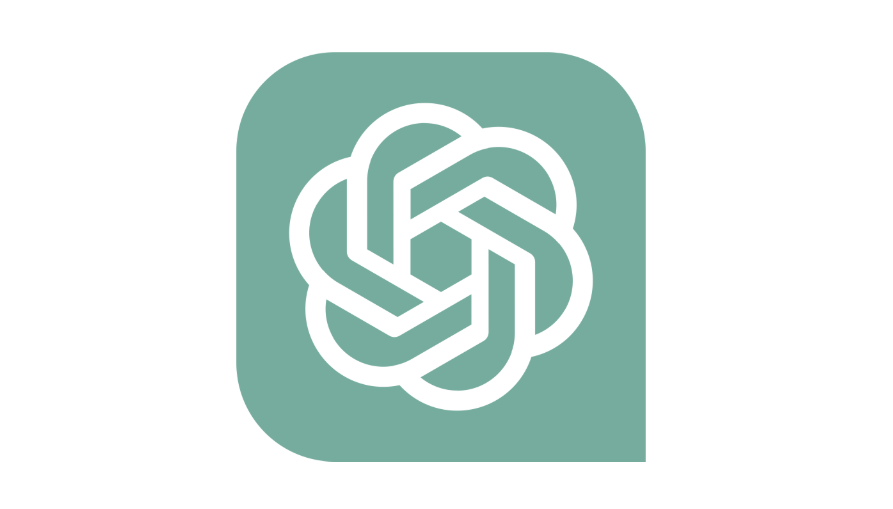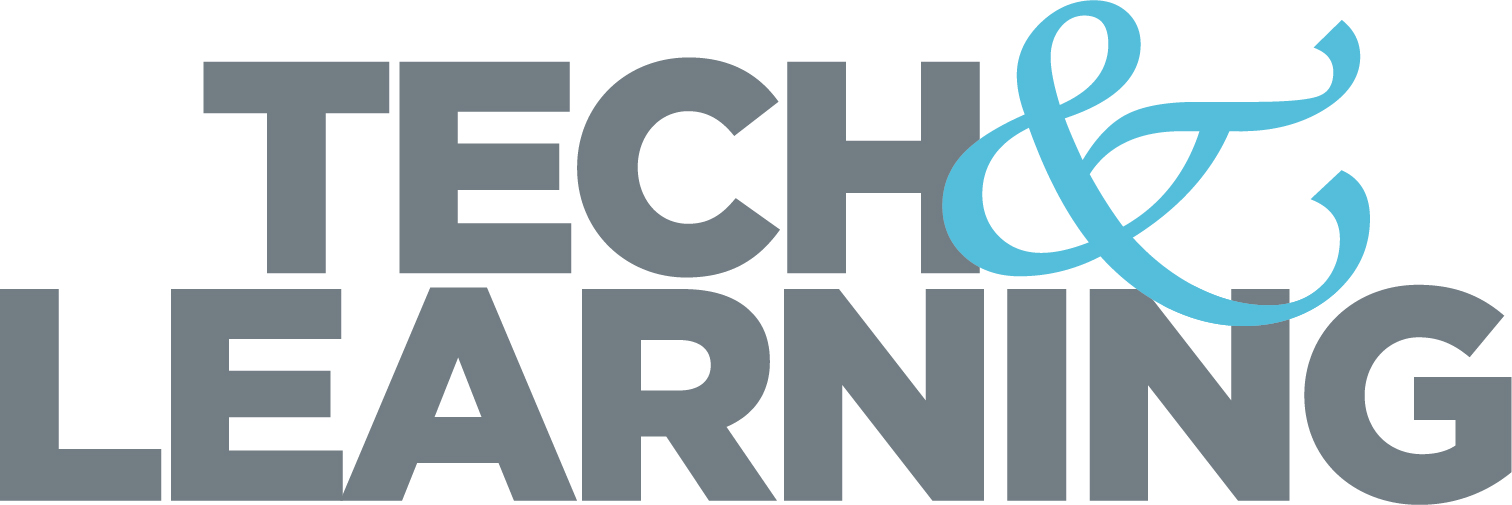Why More States Are Requiring Computer Science Classes
More and more states are requiring computer science classes be offered at all schools.

Despite ongoing efforts to offer more computer science class options in K-12 public schools across the country, a new report found that significant disparities still exist in who has access to these courses.
“Computer science is really foundational to what students need to be able to learn and do not just for their careers but for their post-high school academic careers and for their family security,” says the report's co-author Sean Roberts, Vice President of Government Affairs for the nonprofit Code.org. The report was released by Code.org, the Computer Science Teachers Association, and the Expanding Computing Education Pathways Alliance.
Requiring Computer Science Increases Access for Young Women
Five states currently require students to complete computer science classes to graduate high school. While that may not sound like many, that number represents significant progress since the beginning of 2022. “In the past year, we’ve gone from having two states having this graduation requirement to three more adding requirements,” Roberts says.
Nevada and South Carolina were the first states in the country to make computer science a graduation requirement for high school students. Arkansas, Tennessee, and Nebraska have recently passed similar policies.
Nevada and South Carolina have seen significant benefits from the requirement. “The national average for young women participating in high school computer science courses is 32 percent; in South Carolina, it's 47 percent,” Roberts says. “More young women took a computer science course in South Carolina this year than in North Carolina, Florida, Georgia, and Alabama combined. Roughly the same number of young women took a computer science course in South Carolina as in Texas, and Texas has a population six times greater.”
This type of progress is why the policy appeals to many states. “We've struggled for so long to ensure equitable access to computer science courses, but when only 32 percent of the participants are young women nationally, I don't think you can say access is really equitable,” Roberts says. “That's really the driving force behind this for a lot of states, they want to ensure that every student has this opportunity.”
Progress, Yet Inequities Persist
Beyond the five states that make computer science coursework a graduation requirement, 27 states now require schools to offer computer science courses. This is a significant increase from 2017, when only four states had such a requirement.
Tech & Learning Newsletter
Tools and ideas to transform education. Sign up below.
“For the first time the majority of states in the United States require computer science to be taught in all their high schools,” Roberts says.
The report also found 53 percent of U.S. high schools offer foundational computer science, an increase from 51 percent last year and 35 percent in 2018.
Despite this progress, inequities persist. Hispanic and Latino students represent only 20 percent of those participating in foundational computer science courses, despite representing 27 percent of teens in high school. Students living in poverty account for 52 percent of all students yet only 36 percent are enrolled in computer science courses.
“We're still in a position where if you are a Black student, or Hispanic or Latino or Native American, you're less likely to attend a school that offers computer science,” Roberts says.
However, if you offer it, students from all backgrounds will come.
“One of the things that’s really interesting to come out of the report though is when students attend a school that offers computer science, generally they take it,” Roberts says. “It really just is a matter of making sure we're providing those opportunities for students.”
Erik Ofgang is a Tech & Learning contributor. A journalist, author and educator, his work has appeared in The New York Times, the Washington Post, the Smithsonian, The Atlantic, and Associated Press. He currently teaches at Western Connecticut State University’s MFA program. While a staff writer at Connecticut Magazine he won a Society of Professional Journalism Award for his education reporting. He is interested in how humans learn and how technology can make that more effective.










